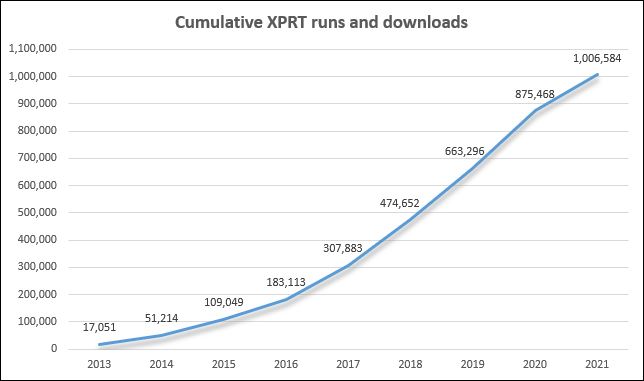We recently published a set of CloudXPRT Data Analytics and Web Microservices workload test results submitted by Quanta Computer, Inc. The Quanta submission is the first set of CloudXPRT results that we’ve published using the formal results submission and approval process. We’re grateful to the Quanta team for carefully following the submission guidelines, enabling us to complete the review process without a hitch.
If you are unfamiliar with the process, you can find general information about how we review submissions in a previous blog post. Detailed, step-by-step instructions are available on the results submission page. As a reminder for testers who are considering submitting results for July, the submission deadline is tomorrow, Friday July 16, and the publication date is Friday July 30. We list the submission and publication dates for the rest of 2021 below. Please note that we do not plan to review submissions in December, so if we receive results submissions after November 30, we may not publish them until the end of January 2022.
August
Submission deadline: Tuesday 8/17/21
Publication date: Tuesday 8/31/21
September
Submission deadline: Thursday 9/16/21
Publication date: Thursday 9/30/21
October
Submission deadline: Friday 10/15/21
Publication date: Friday 10/29/21
November
Submission deadline: Tuesday 11/16/21
Publication date: Tuesday 11/30/21
December
Submission deadline: N/A
Publication date: N/A
If you have any questions about the CloudXPRT results submission, review, or publication process, please let us know!
Justin














